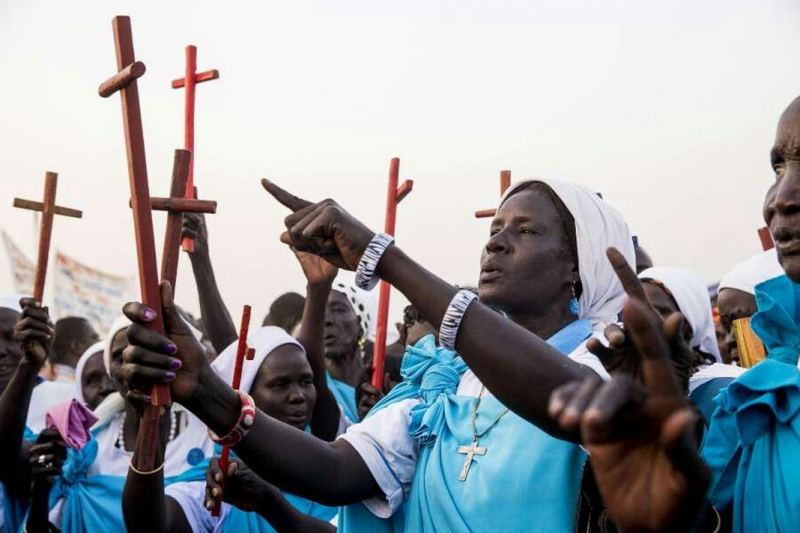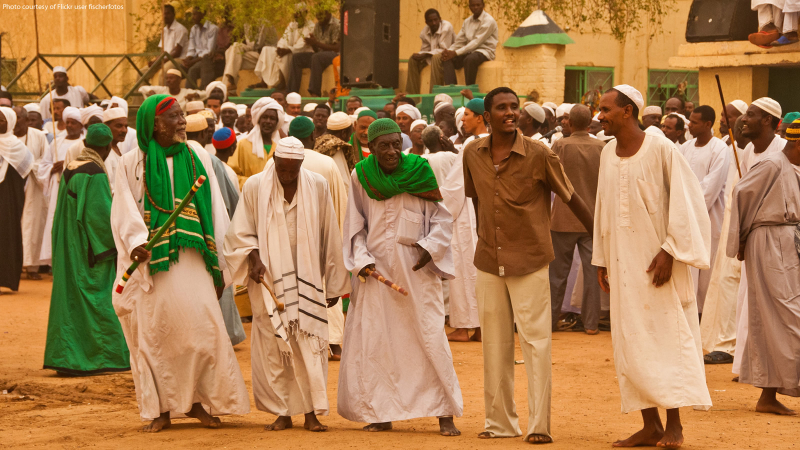Christianity in South Sudan
Through European missionary initiatives in East Africa, Christianity was introduced to Sudan. Catholic missionaries arrived initially in 1842, followed around 50 years later by followers of the Anglican and Presbyterian churches. The presence of a church in the town square typically indicates the existence of a Christian community.
There are a few instances in which South Sudanese Christians' practice of Christianity differs from common Western practices. In contrast to once every Sunday, people typically attend church services up to three times per week. In local languages, singing and dancing are frequently used during worship. A common practice known as "overnight" in South Sudanese Christian churches allows people to attend church services for up to 24 hours at a time.
People may fast and sleep within the church during these extended prayer sessions, which may last for days. Some believe it to be a cathartic event whereby individuals approach God to the point of ecstasy, yelling, and dancing. A Christmas Eve march down the street singing hymns is a South Sudanese custom. This is followed by an overnight church service. In less developed regions, Christian organizations from neighboring nations have begun to conduct outdoor sermons and prayer sessions.
Prior to independence, the majority of southern Sudan's Christians saw their faith as a sign of resistance against Khartoum's plans for an Islamic state. Christianity still serves as a symbol of the South Sudanese people's united pan-southern identity today. It is regarded as the unifying force that unites people of all racial and ethnic backgrounds. For many South Sudanese, Christianity continues to be a very important part of their coping mechanism. People in South Sudan frequently find hope for the future by putting their confidence and fate in God.
Christian churches frequently offer refugees who have recently immigrated to other nations both material and emotional support. They serve as an open forum for intergenerational communication and serve as a key location for fostering cross-community involvement. For instance, it frequently provides parents with the chance to interact with their kids in a setting unrelated to their daily lives at home.












